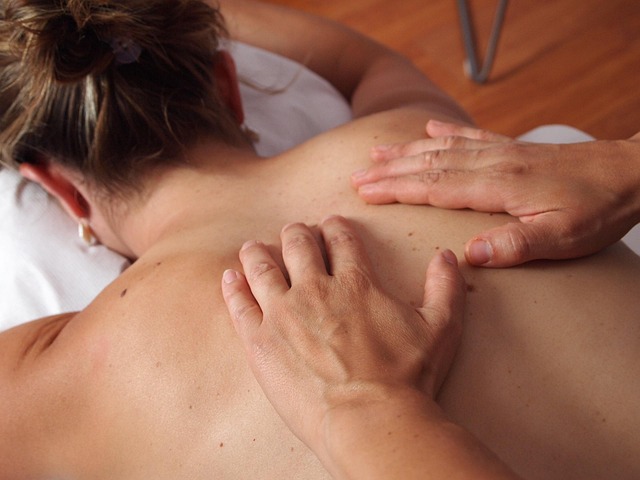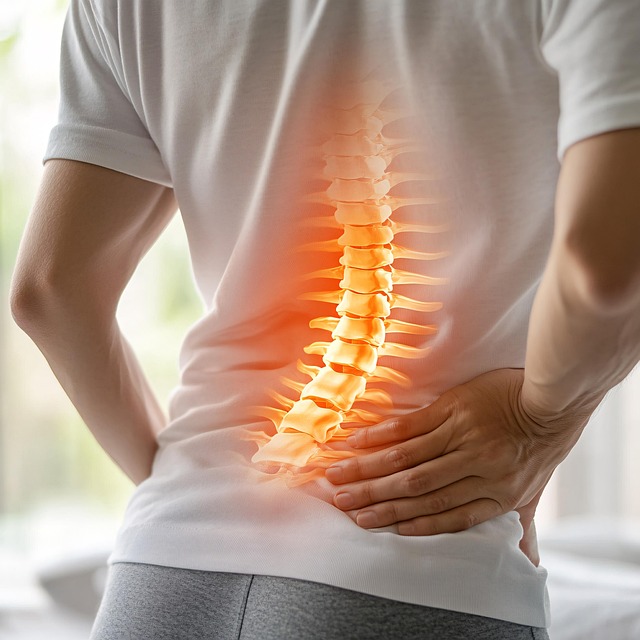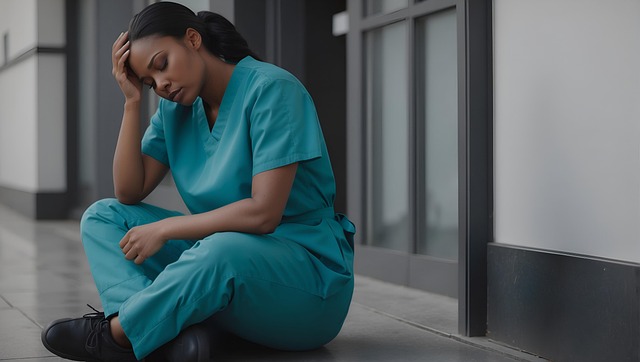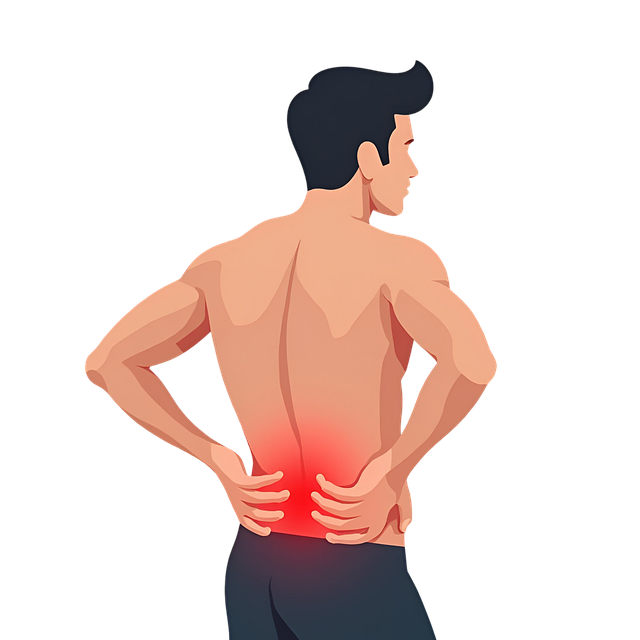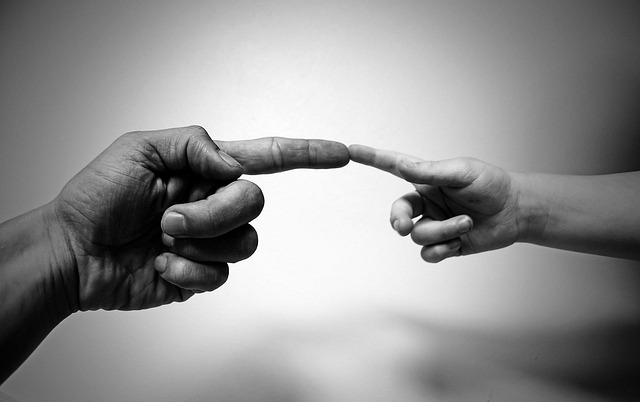Postural issues after accidents are effectively addressed through X-ray guided posture rehabilitation and corrective chiropractic care. Chiropractors use X-rays to pinpoint spine misalignments, providing precise adjustments for improved spinal health and pain reduction. This method accelerates recovery by restoring optimal posture and reducing the risk of injury exacerbation. Ideal for accident survivors seeking relief from postural imbalances via tailored corrective treatments.
Postural issues resulting from accidents can significantly impact an individual’s quality of life. X-ray guided posture rehabilitation offers a targeted approach to address these challenges. This article delves into understanding common postural problems post-accidents and the critical role of medical imaging in tailoring rehabilitation strategies. We explore corrective chiropractic techniques, highlighting their effectiveness in managing and correcting postural issues. By employing advanced diagnostic tools and specialized treatments, individuals can achieve optimal postural alignment and enhanced well-being.
- Understanding Postural Issues After Accidents
- The Role of X-ray Guided Rehabilitation
- Corrective Chiropractic Techniques for Optimal Results
Understanding Postural Issues After Accidents
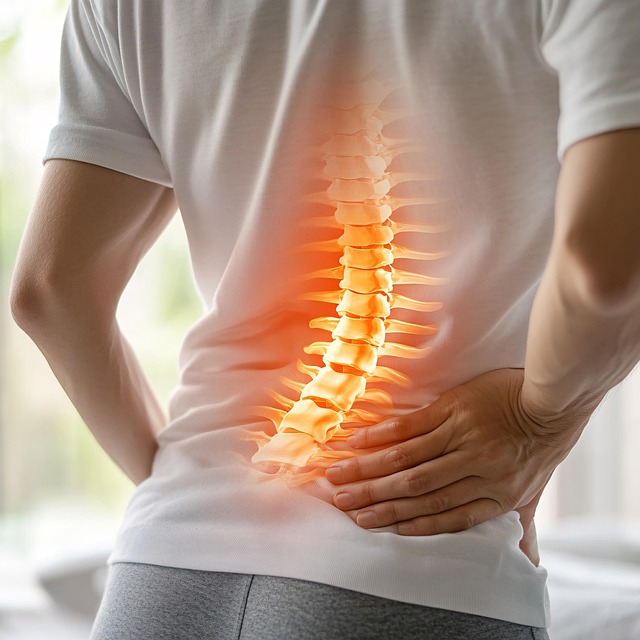
Postural issues often arise after accidents, such as car crashes or falls, and can significantly impact an individual’s recovery and overall well-being. These issues may manifest as misalignments in the spine, muscle imbalances, or chronic pain, which require careful attention to restore proper posture. X-ray guided posture rehabilitation offers a targeted approach to addressing these problems.
Accidents cause physical trauma, leading to muscle spasm, joint stiffness, and nerve compression. Over time, these can result in postural deviations if left unaddressed. Corrective chiropractic care plays a vital role here by utilizing x-rays to pinpoint specific misalignments. This enables chiropractors to provide precise adjustments, improving spinal health and reducing pain. Through this method, individuals can regain optimal posture, enhancing their mobility and promoting faster recovery after accidents.
The Role of X-ray Guided Rehabilitation
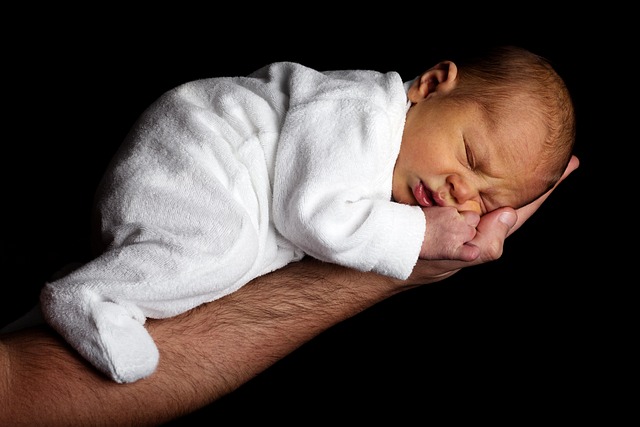
X-ray guided posture rehabilitation plays a pivotal role in addressing postural issues, especially after traumatic incidents like accidents. This precise method utilizes X-ray imaging to diagnose and track the progress of spinal alignment and overall posture. By providing visual data, chiropractors can tailor corrective chiropractic treatments with accuracy, ensuring that each adjustment is both safe and effective.
This approach offers a more informed and personalized rehabilitation process. Unlike general treatments, x-ray guided methods allow for real-time adjustments based on observable improvements or areas needing further attention. This level of detail promotes faster recovery times and reduces the risk of exacerbating existing injuries, making it an ideal solution for those seeking relief from postural issues stemming from accidents.
Corrective Chiropractic Techniques for Optimal Results

Corrective Chiropractic techniques offer a highly effective approach to posture rehabilitation, especially for individuals recovering from accidents. Chiropractors use specialized X-ray imaging to accurately assess postural imbalances and misalignments in the spine. This enables them to tailor specific adjustment and manipulation techniques to target problem areas.
For optimal results, these adjustments realign the vertebrae and improve spinal function, which can help correct postural issues caused by accidents. By addressing underlying structural problems, corrective chiropractic care promotes healing, reduces pain, and enhances overall posture, ensuring a more balanced and efficient physical state.
X-ray guided posture rehabilitation, specifically utilizing corrective chiropractic techniques, offers a promising approach for individuals dealing with postural issues resulting from accidents. By combining advanced imaging with specialized adjustments, this method ensures precise correction and promotes optimal recovery. Incorporating these techniques into the rehabilitation process can significantly enhance outcomes, allowing patients to regain their physical well-being and improve overall posture. Remember, when it comes to postural issues after accidents, a tailored corrective chiropractic approach is key to successful recovery.
